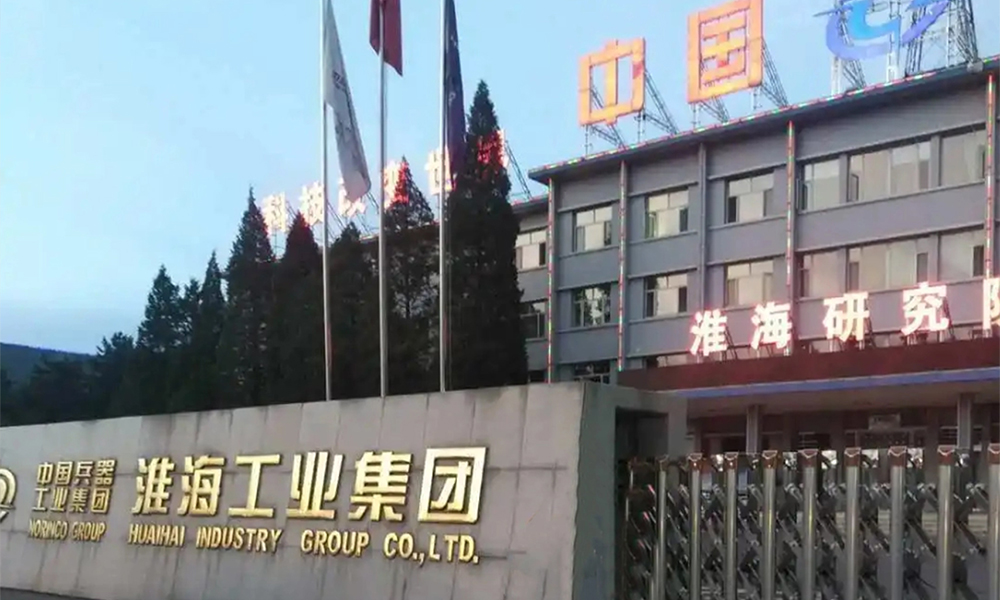Low nitrogen burners generally use exhaust gas or flue gas recirculation (EGR or FGR), chemical additives (such as ammonia) and catalyst to reduce the formation of nitrogen oxides, because the flame temperature is the most important variable. The higher the flame temperature, the higher the nitrogen oxide concentration. Air preheating and furnace temperature are related to the flame temperature and have an important impact on the occurrence of nitrogen oxides.

When the excess air addition exceeds the stoichiometry, the amount of nitrogen oxides that occur begins to be added. In recent years, we have vigorously promoted the clean air program to reduce coal consumption. Both coal-fired boilers for centralized heating and small coal stoves for cooking and heating in rural areas have been replaced by clean energy under relevant policies.
It is understood that although gas is a clean energy, nitrogen oxides will occur in the combustion process, which is also one of the components of smog. According to the energy planning during the 13th Five Year Plan period, the gas consumption will increase from 14.6 billion cubic meters to 20 billion cubic meters from 2014 to 2020. If the low nitrogen transformation is not adopted, gas combustion will become the main source of nitrogen oxide pollution, resulting in a large amount of NOx
Low nitrogen burner, literally, refers to the burner with NOx emission of 30 ~ 80 mg; The NOx emission below 30 mg is generally called ultra-low nitrogen burner. From the perspective of NOx generation mechanism, the technology of controlling NOx in coal-fired (gas) boilers mainly focuses on two directions: reducing combustion flame temperature and reducing oxygen content. Many low nitrogen burner manufacturers are designed according to the principle of boiler low nitrogen combustion transformation.

近日,在推动清洁能源与环保技术的进程中,加科燃烧器与晋煤控股集团山西同煤电力环保科技有限公司达成重要合作。山西···

在当今全球绿色低碳发展的浪潮中,能源装备行业正经历着变革。作为行业内的佼佼者,加科燃烧器凭借其卓越的技术实力和···